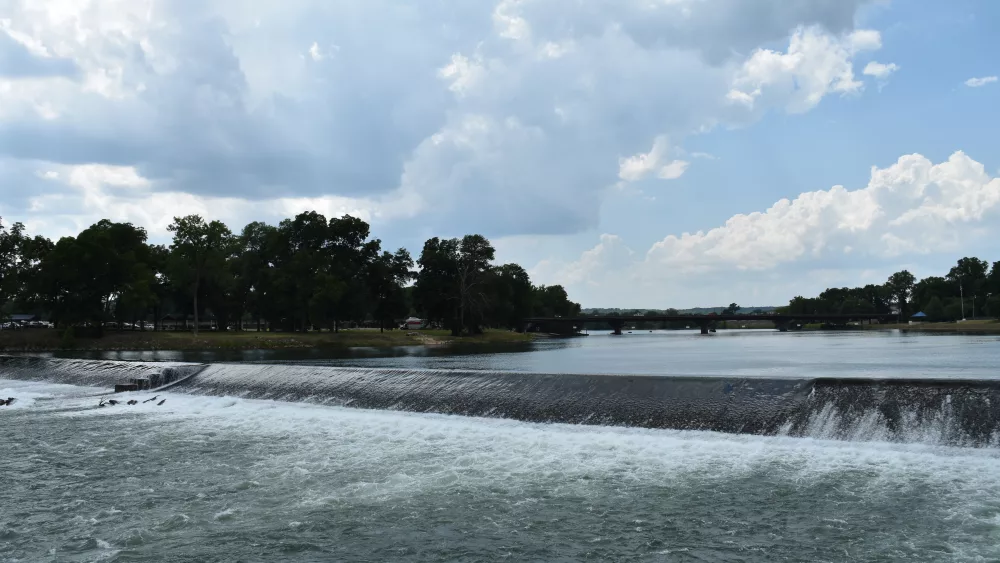A study by the University of Arkansas Research & Extension Service helps us to learn more about our state of Arkansas. The study says over the last eight years there are four counties in the state that have grown substantially, in fact by double digits.
Craighead County has grown 10.7% with a population now sitting at 107,115.
That growth is from 2010 to 2018. Arkansas State University is one reason for its growth, as well as a very diverse economy.
Saline County, west of Little Rock, has a current population of 119,323 and has grown 10.8% over the last eight years. It is the home of Benton and Bryant and gets some of its growth from families seeking a smaller place to live other than Little Rock.
Number two is the home of the University of Arkansas at Fayetteville. Washington County has grown 13.7% over the last 8 years and now has a population of 231,996. Wal-Mart, Tyson Foods, and J.B. Hunt provide a lot of jobs to the population.
And the county in Arkansas with the most growth is Benton County. It has grown a whopping 19.7% in the last eight years and now has a population of 266,300. It is the home of Bentonville, where the headquarters of Wal-Mart is located.
I might add that Pulaski County has also grown, but much slower. Between 2010 and 2017, the county has grown only 2.7% and has a current population of 393,956.
The big population losers over the last eight years are led by Phillips County that has lost 14.3% of its 2010 population. Helena/West Helena is located there. Phillips County is located along the Mississippi River to its east in what is known as the Arkansas Delta. It is where the St. Francis River empties into the Mississippi. Cotton was primarily grown in the county as a commodity crop. Phillips County has lost population every decade since 1960, going from 44,000 in 1960 to an estimated 18,570 in 2017.
Monroe County is next having lost 12.9% of its population. Brinkley and Clarendon are two of the larger cities in Monroe County. Monroe County borders Phillips County on the west and is part of the White River and Arkansas Delta. The landscape is rich, flat, delta farmland. The economy is largely agriculture: soybean, cotton, rice and wheat with some small manufacturing. Agriculture has gone, over the last several years, to much larger farming operations and we know that the industry is not in a good position right now.
Lee County with a population loss of 11.7% comes in third. Lee County’s largest city and county seat is Marianna. The Mississippi River is its eastern boundary. It is part of what is known as the Arkansas Delta. The county at one time had a population near 30,000, but has lost population every decade since the 1950s and in 2010 had a population of 10, 410.
The fourth county that has lost double digit population since 2010 is not in the Arkansas Delta, but it is in the very southwestern part of Arkansas. Lafayette County has lost 10.3% of its population since 2010. Part of the state of Louisiana is its southern border. Lafayette County is the smallest county by land area and the third smallest in population. Except for the 1980s, Lafayette County has lost population every decade since the 1930s.
In fact, in 1930 the population was just under 17,000 and at the end of 2017 it was 6,847. Some of the larger towns in Lafayette County are Stamps, Lewisville, the county seat and Bradley.
If you are interested in how your county has grown, or lost population, get in touch and I will look it up for you.











